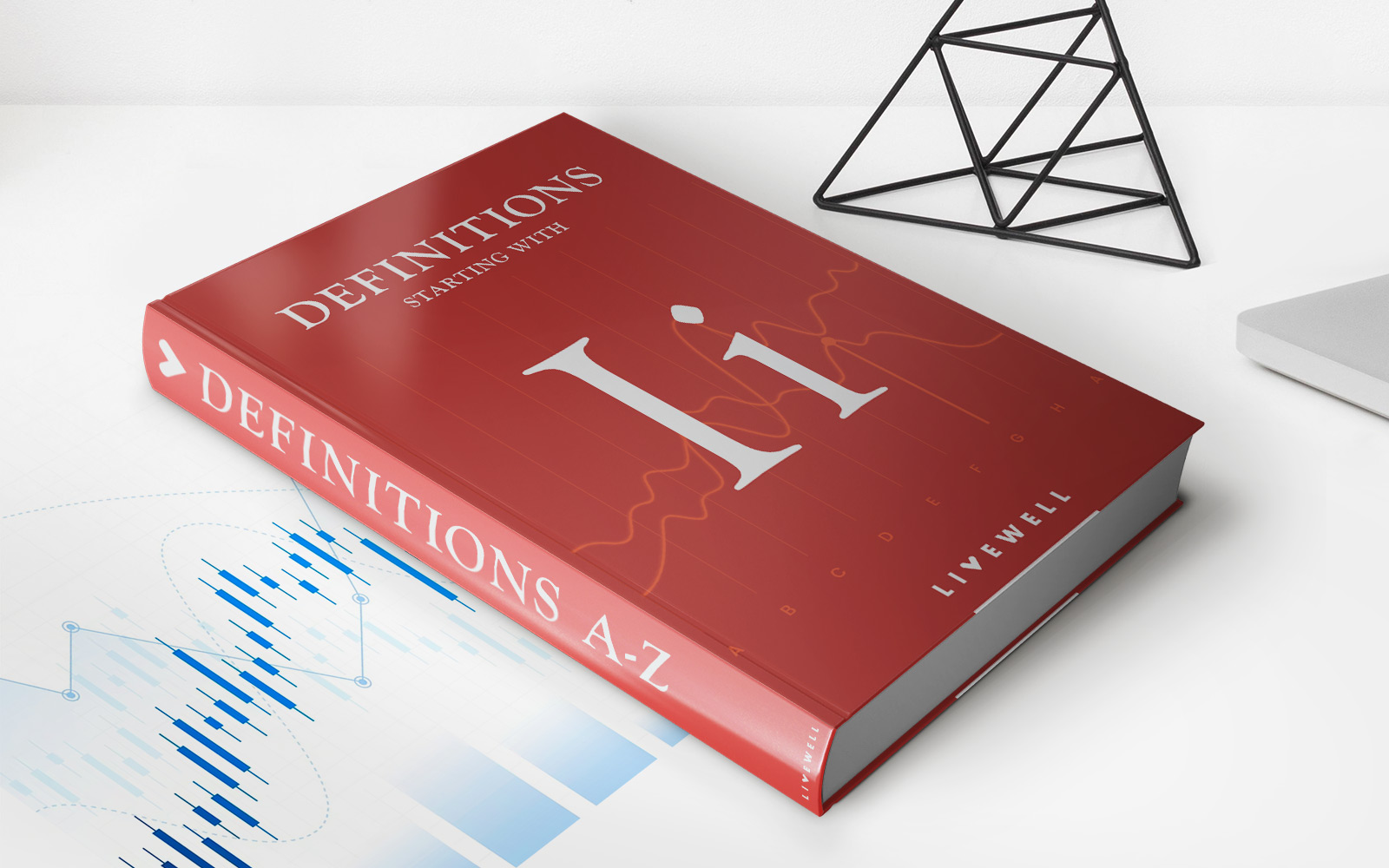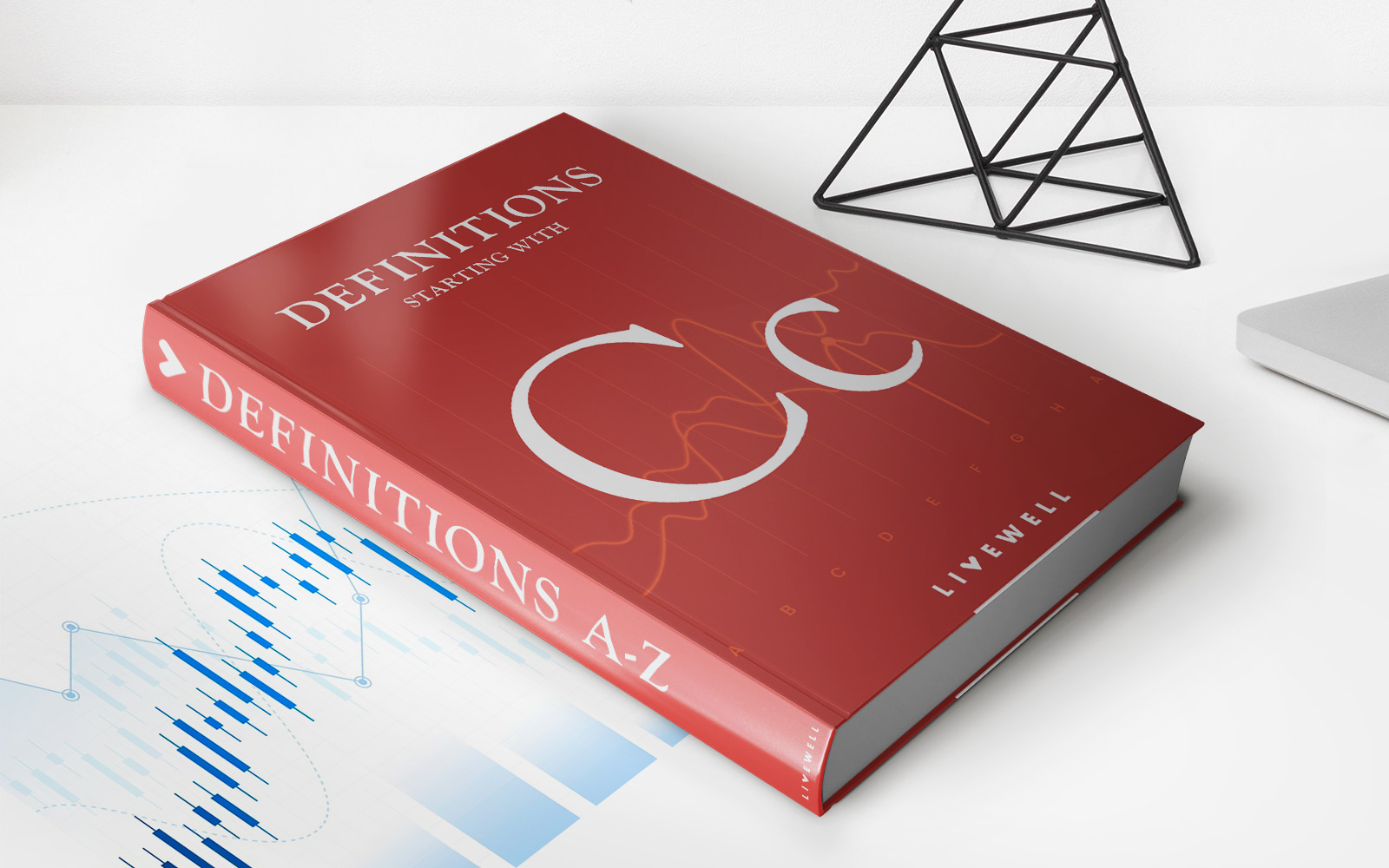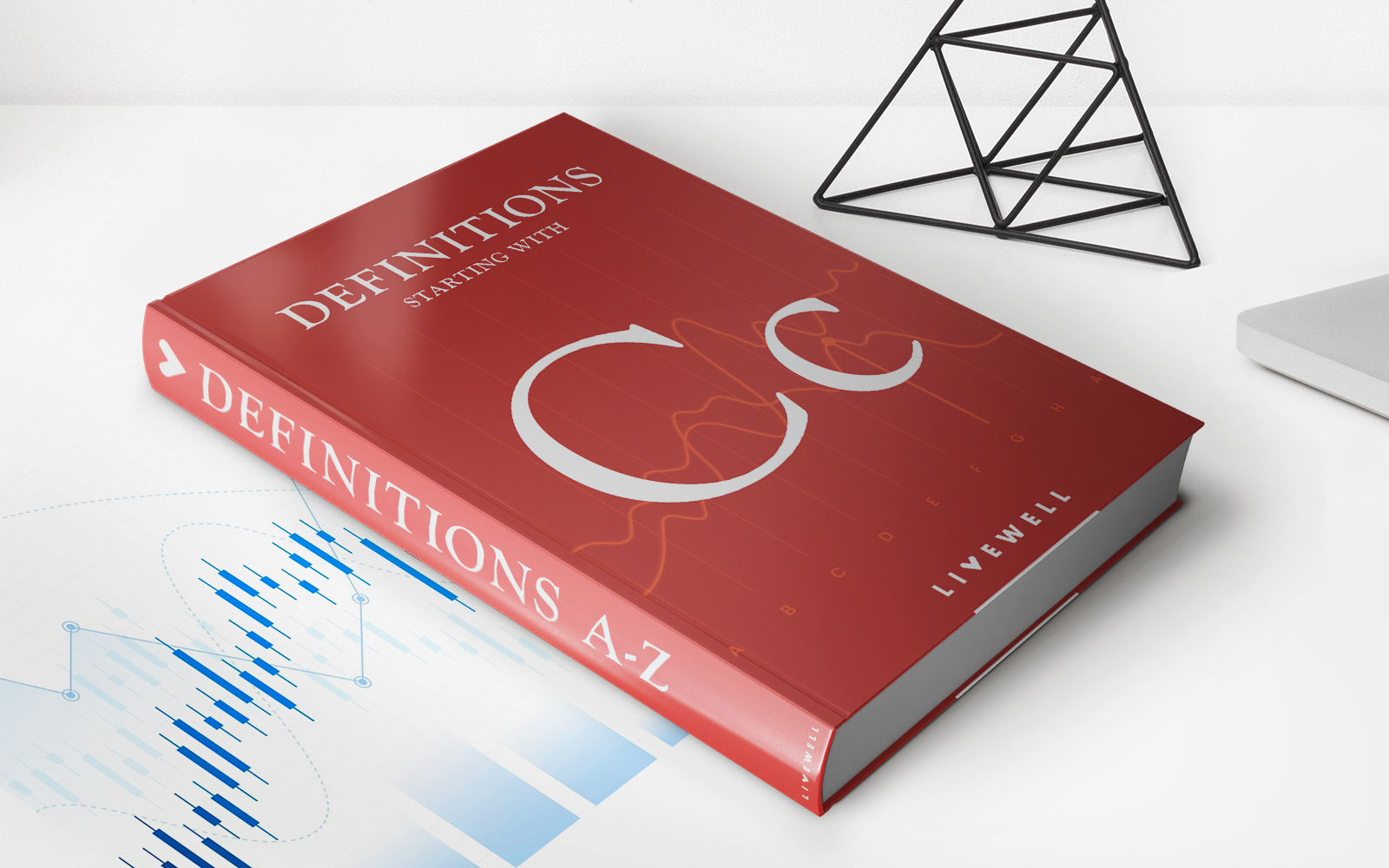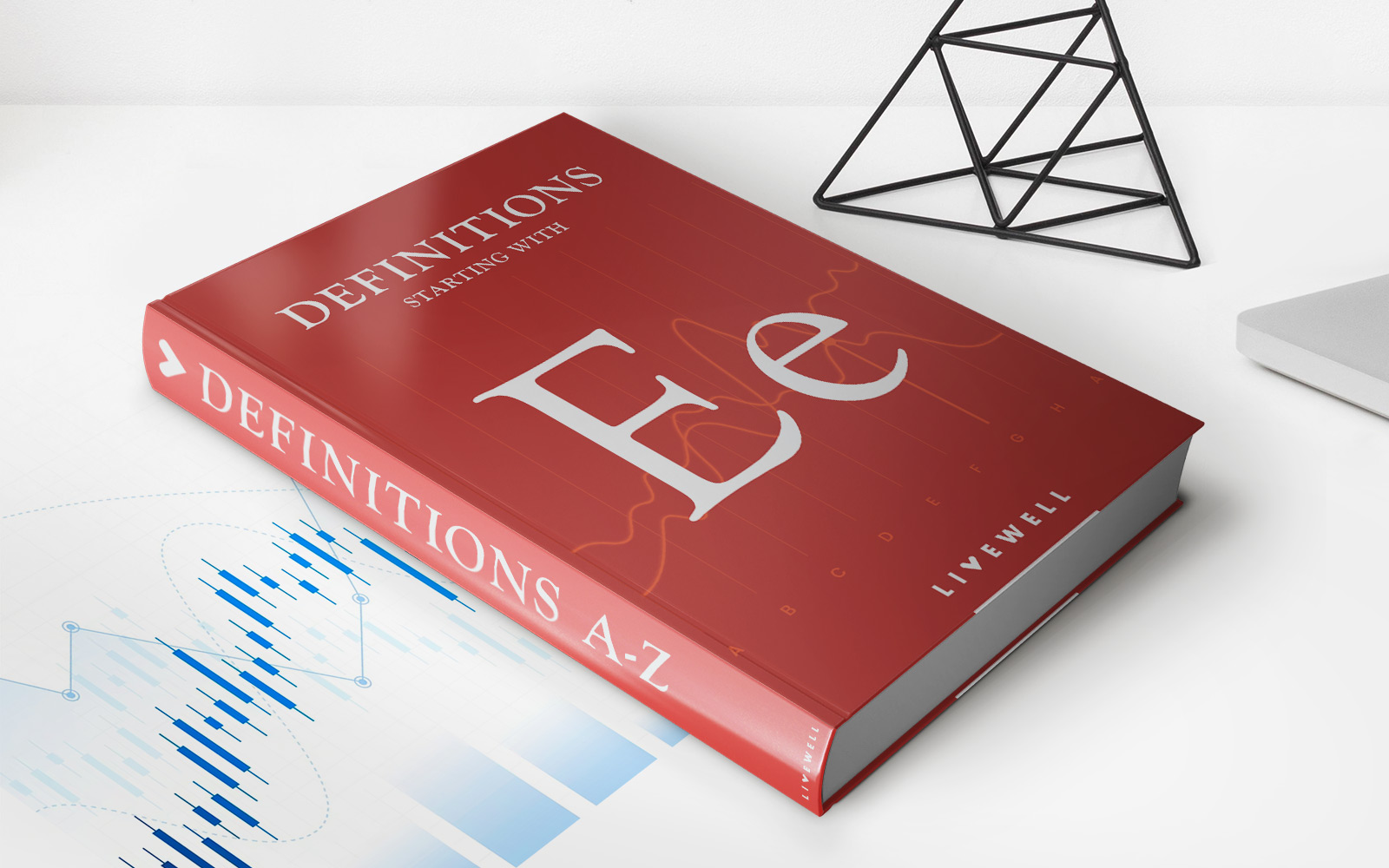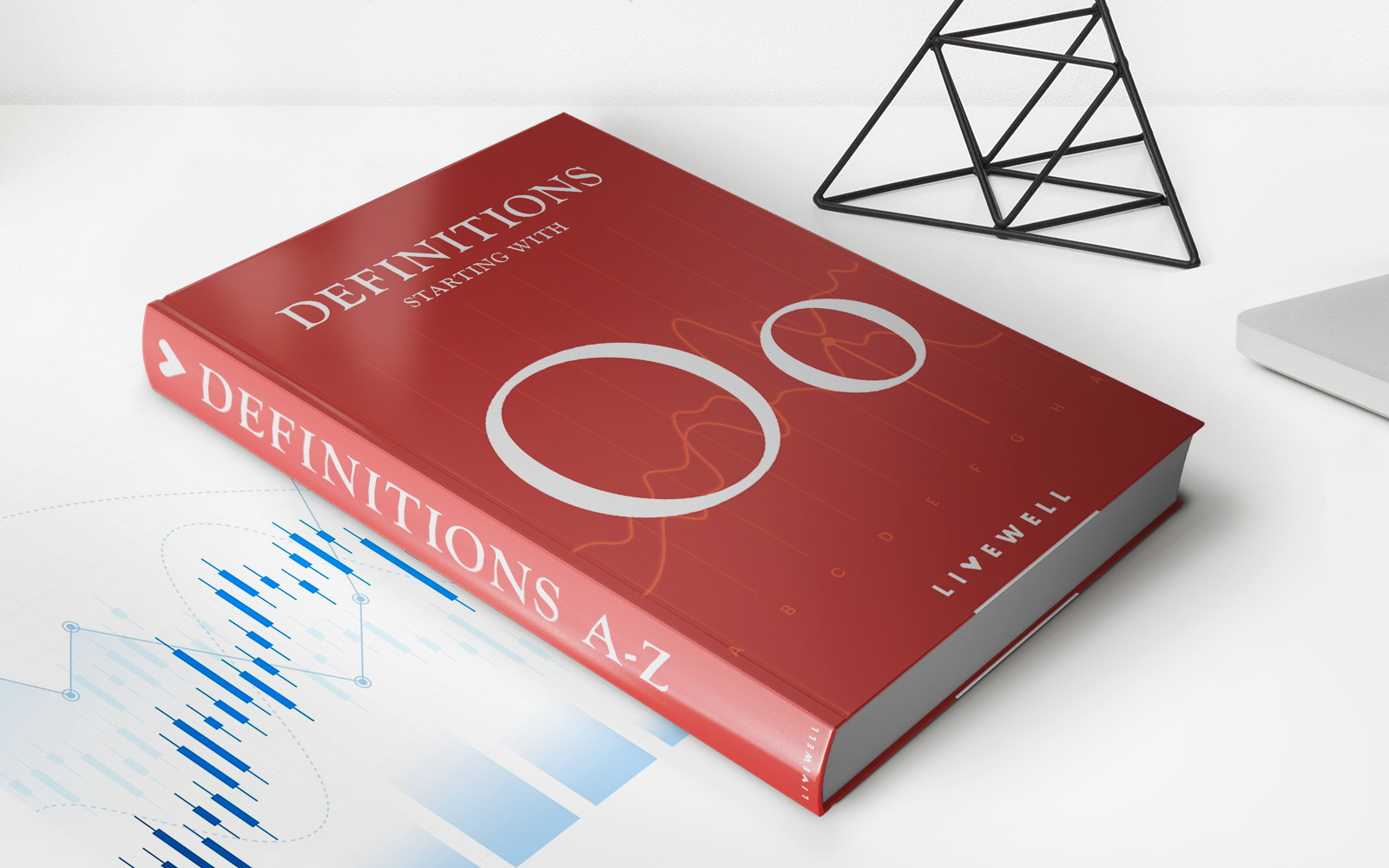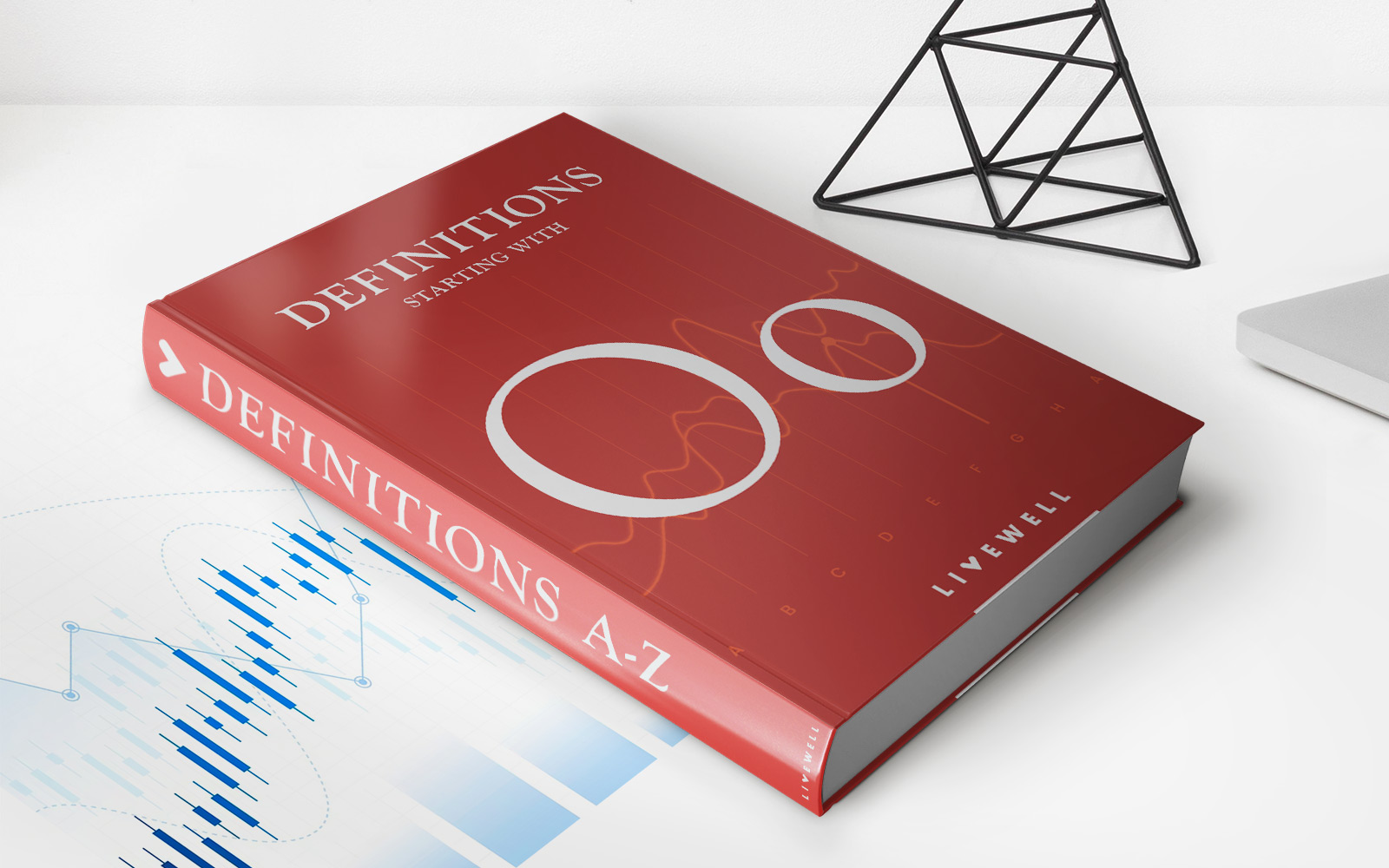Home>Finance>Cash Flow Return On Investment (CFROI) Definition, Formula, Uses
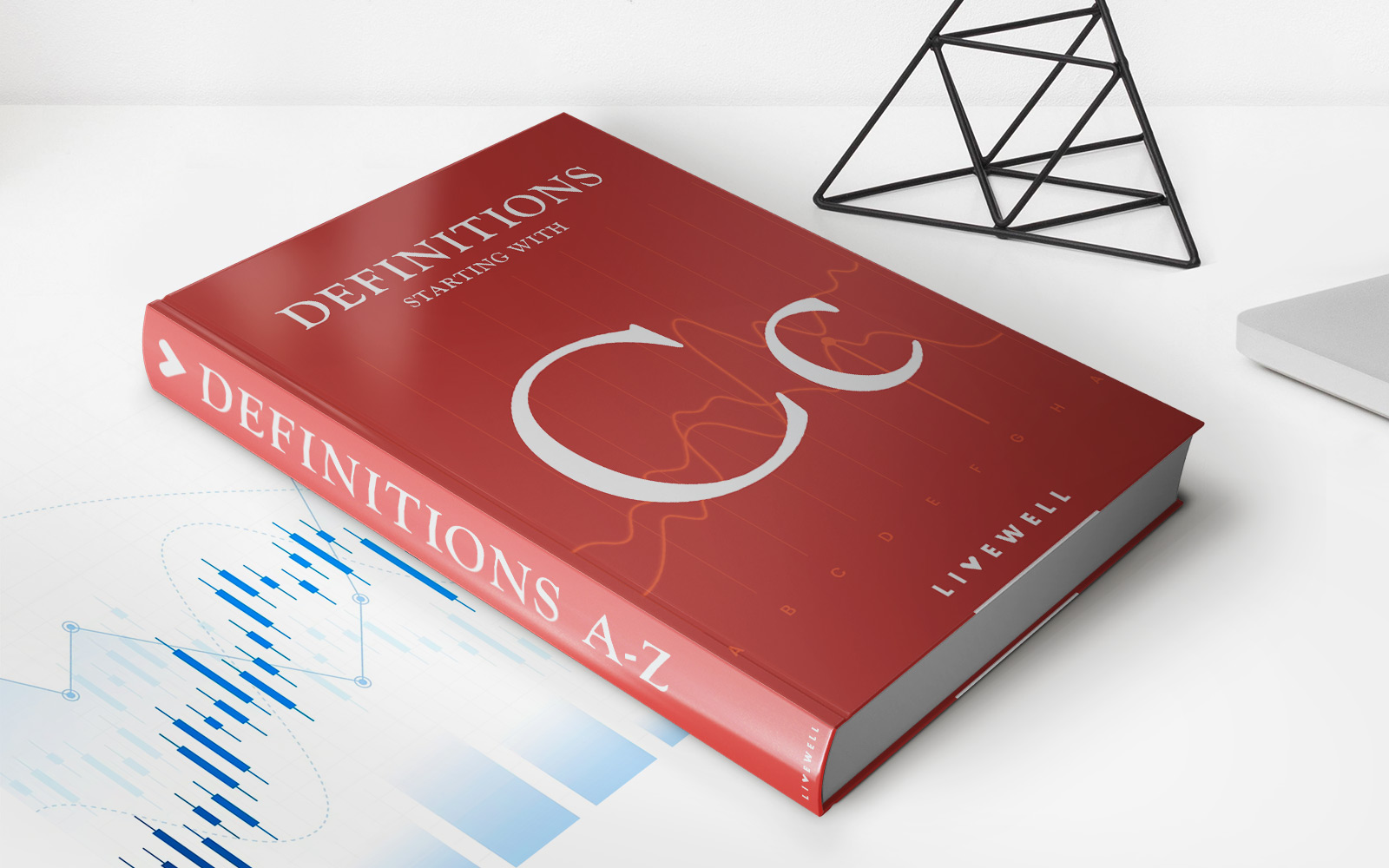

Finance
Cash Flow Return On Investment (CFROI) Definition, Formula, Uses
Published: October 24, 2023
Discover the definition, formula, and uses of Cash Flow Return on Investment (CFROI) in finance. Optimize your investment strategy with this valuable financial metric.
(Many of the links in this article redirect to a specific reviewed product. Your purchase of these products through affiliate links helps to generate commission for LiveWell, at no extra cost. Learn more)
Cash Flow Return on Investment (CFROI) Definition, Formula, Uses
In the world of finance, understanding and analyzing the performance of a company is crucial for investors, analysts, and executives. One key metric that provides valuable insights into a company’s profitability is the Cash Flow Return on Investment (CFROI). In this blog post, we will explore the definition, formula, and uses of CFROI, offering you a comprehensive understanding of this important financial metric.
Key Takeaways:
- CFROI is a financial metric used to assess the efficiency and profitability of an investment by comparing the cash inflows and outflows over a specific period.
- The CFROI formula is calculated by dividing the present value of cash inflows by the present value of cash outflows, providing a ratio that indicates the return on investment.
What is Cash Flow Return on Investment (CFROI)?
Cash Flow Return on Investment (CFROI) is a financial metric that measures the efficiency and profitability of an investment by comparing the cash inflows and outflows over a specific period. It provides valuable insights into how effectively a company generates cash flow and returns on its investments.
CFROI takes into account both the timing and magnitude of cash flows, providing a more accurate assessment of investment performance compared to traditional metrics such as net income or earnings per share. By focusing on cash flow rather than accounting measures, CFROI provides a clearer picture of the actual cash generated by the investment.
The CFROI Formula
The CFROI formula is calculated by dividing the present value of cash inflows by the present value of cash outflows. The present value of cash flows is determined by discounting them back to the present day using an appropriate discount rate.
CFROI = (Present Value of Cash Inflows) / (Present Value of Cash Outflows)
By using discounted cash flows, CFROI accounts for the time value of money, acknowledging that cash received sooner is worth more than cash received later.
Uses of CFROI
CFROI offers a range of uses and applications, aiding investors, analysts, and executives in evaluating investment opportunities, determining the profitability of projects, and comparing performance across different investments. Here are some key uses of CFROI:
- Investment Assessment: CFROI assists in identifying investments that generate high cash flow returns, helping investors make informed decisions and allocate capital effectively.
- Capital Budgeting: CFROI enables businesses to evaluate and prioritize potential projects based on their cash flow generating capabilities, ensuring resources are allocated to projects with the highest potential returns.
- Performance Comparison: CFROI allows for the comparison of different investments, divisions, or companies, providing insights into relative profitability and efficiency.
- Valuation Purposes: CFROI is sometimes used as an alternative or complementary metric to traditional valuation methods like discounted cash flow (DCF) analysis.
In conclusion, understanding Cash Flow Return on Investment (CFROI) is essential for anyone involved in financial analysis, investment decision-making, or business planning. By incorporating this metric into your financial toolkit, you can gain valuable insights into the profitability and efficiency of investments, aiding in better decision-making and maximizing returns.

